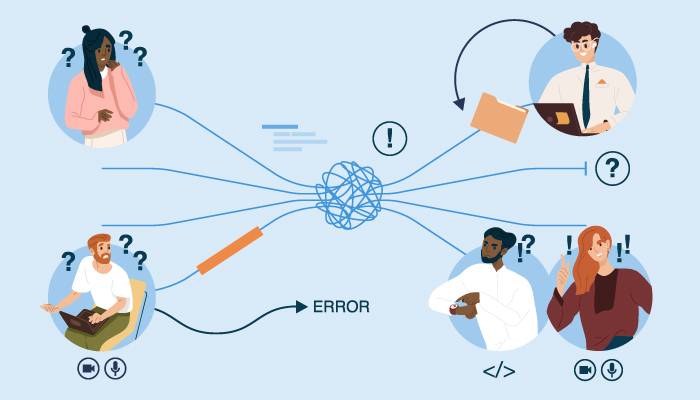In the bustling world of customer service, communication reigns supreme. Yet, amidst the flurry of interactions, miscommunication often lurks like a hidden reef, ready to shipwreck even the most well-intentioned efforts. From language barriers to channel inconsistencies and unmet expectations, the seas of customer service are fraught with challenges that can leave both customers and representatives feeling adrift.
One of the most formidable obstacles in the realm of customer service is the language barrier. In an increasingly globalized world, interactions between customers and representatives may span continents and cultures. When language differences come into play, vital details can be lost in translation, leading to frustration and misunderstanding on both sides. Whether it’s struggling to articulate a problem or failing to grasp a solution, miscommunication due to language disparities can undermine the very foundation of effective customer service.
Moreover, the labyrinth of communication channels presents its own set of challenges. In today’s digital landscape, customer service is conducted through a myriad of platforms, from traditional phone calls to email, live chat, and social media. While this diversity offers convenience and accessibility, it also introduces complexity. Fragmented conversations and disjointed interactions can result in confusion and inefficiency, making it difficult for both customers and representatives to navigate the turbulent waters of communication effectively.
However, perhaps the most treacherous shoal of all is the failure to manage customer expectations. Clear and transparent communication is the compass that guides the ship of customer satisfaction. When customers are left in the dark about product features, service policies, or potential delays, they may chart a course for disappointment. By setting realistic expectations and providing timely updates, businesses can navigate the waters of customer service with confidence, fostering trust and loyalty among their clientele.
In conclusion, miscommunication poses a formidable challenge in the customer service industry. From language barriers to channel inconsistencies and unmet expectations, the seas of customer service are fraught with peril. Yet, by embracing clear communication, businesses can navigate these waters with skill and precision, ensuring smooth sailing for both customers and representatives alike.

